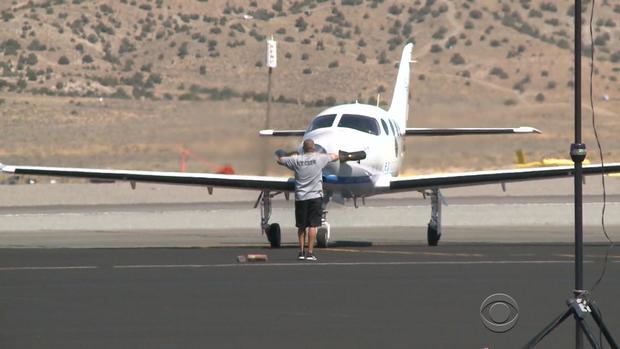
Federal investigators are blaming air traffic controllers for two midair collisions last year that killed seven people, but there are technologies that can prevent the collisions that happen in the blink of an eye.
A National Transportation Safety Board animation simulates how fast a deadly midair collision can happen, including the limits of “see and avoid” -- a method of flying that teaches pilots how to avoid midair collisions.
By the time the pilot of this Cessna was able to spot an F-16 fighter coming in just left of center -- and he had only seconds to respond.
The planes collided over South Carolina in 2015. The two onboard the Cessena died.
Weeks later, another midair collision in San Diego killed five.
In both cases the NTSB believes available collision avoidance systems could have prevented the crashes, by giving warnings. These systems are not required in general aviation aircraft, but similar systems are required in commercial airliners.
“Imagine this traffic: A 777 coming at you at 700 mph. I don’t think human eyes can see that fast or process that reaction in the pilots mind fast enough,” says Rusty Aimer, a retired airline captain.
“I must have had in my career at least five or six of those warnings that saved us,” Aimer says. “So if you can imagine this happening in every airline pilots life or any other pilot, it’s a tremendous asset to have.”
Since 2011, there have been 44 midair collisions in the us, killing 46.
“These are very deadly accidents,” says Mark Rosenker, the former head of the NTSB. “That’s why when you can use this kind of technology to prevent them from happening, it’s a simple decision to go out and install it.
By 2020, all general aviation aircraft will be required to have new technology that better communicates with air traffic control but stops short of collision avoidance warnings.
(culled from www.cbsnews.com)
No comments:
Post a Comment